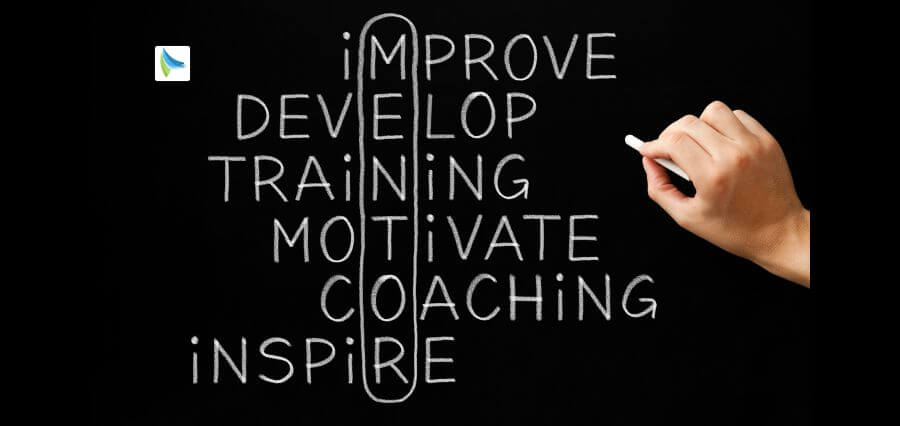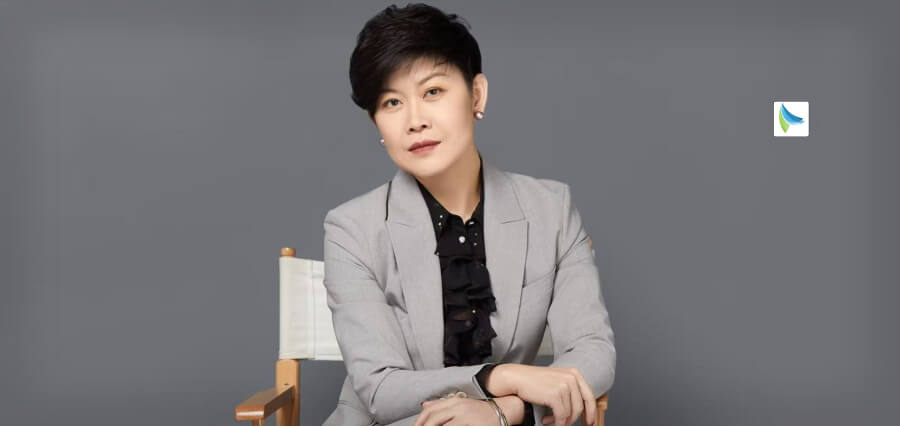Today’s business world is a disruptive world. Exponential tech changes to shifting consumer culture, global pandemics to geopolitical disruption, the only thing that’s sure is change. In today’s changing world, traditional leadership models—grounded in stability, predictability, and hierarchy—are being redefined. Successful leaders today aren’t merely reacting to disruption; they’re gearing up for it, embracing it, and harnessing it as a force for transformation.
The disruption age does not merely demand quicker decision-making—it demands smarter, more sensitive leadership. To lead is to look forward, to search for the next horizon past today’s struggle, and it takes a mind that recognizes change as opportunity, not as risk.
At times of tempests, the most precious asset a leader has is a visionary and unequivocal vision. In settings where outer conditions are indeterminate, inner sense of purpose keeps an organization intact. Visionary leaders do not simply understand what business gets conducted, but also why it is getting conducted—and how that can get converted into a changing world.
Most importantly, stakeholders from employees to investors are seeking leaders who can paint a bigger picture. Vision sets direction and inspires, and therefore disruption is a team effort and not a rollercoaster ride. It allows teams to align, adapt, and move forward with confidence even when the path ahead is uncertain.
Agility and Adaptability: Core Leadership Competencies
Those were the days when long-term plans could be mapped out and executed without alteration. The finest leaders of the day are those who embed adaptability in operations, culture, and mindset. They understand that agility is not a question of abandoning strategy; it’s concerning learning rapidly, correcting on time, and embracing experimentation.
Adaptive leaders welcome criticism, transform to market adjustments, and allow teams to create internally. Adaptive leaders also become resilient—resilient organizations are able to ride out shock and return strengthened. It isn’t the most powerful who survive the era of disruption, but the most resilient.
Disruption is first experienced by human beings. Job cuts, job redesign, digitalization, and remote work induce anxiety and doubt. Those leaders with emotional intelligence who communicate empathetically, lead genuinely, and operate on a human level are likely to win people’s trust.
Empathy gives rise to loyalty, engagement, and productivity in the face of uncertainty. Empathy allows leaders to hear silent problems, feel others’ perceptions, and make difficult decisions with tact. Emotional intelligence also promotes cooperative leadership to enable various factions to collaborate, innovate, and deliver their best.
Data-Informed Decision-Making
While instinct remains relevant in leadership, information is now the best friend. Disruptive leaders are counting on analytics, artificial intelligence, and predictive software to find trends, gauge risk, and make faster, more informed decisions. They’re wagering on real-time visibility into information and converging insights across departments to be first.
Information does not replace leadership—it complements it. The secret is to decode complex information without losing the human and strategic elements. Emotionally intelligent and analytical leaders are better placed to manage opportunities as well as crises.
Culture of Innovation
Disruption begets innovation—if leaders create a culture where it can thrive. That means rewarding risk-taking, embracing failure as a form of learning, and giving teams the freedom to exercise power against the status quo. It means ridding themselves of bureaucratic speed bumps and giving workers the authority to act on their own initiative.
Psychological safety is prized by visionary leaders. When people feel free to speak up, try things out, and fail, they innovate. Progressive firms are more likely to be a reflection of their leaders’ mindset: questioning, forward-looking, and not fighting reinvention.
Building Future-Ready Teams
The speed of disruption gives the fact that the leaders can no longer do it by themselves. They must put together teams that are not only diverse and skilled, but that can learn in perpetuity. Leadership development, cross-functional teamwork, and upskilling are now imperatives—they are requirements.
Future-proof leaders are investing in succession planning, flexible team structures, and mentoring. They create room for fresh views from younger workers, digital natives, or external industry experts. By empowering others, they bring organizational depth and resilience.
Leading with Purpose
Purpose-driven leadership is most strongly heard during times of upheaval. Customers, employees, and communities increasingly expect companies to stand for something beyond profit. Decision-making leaders with a defined purpose generate more loyalty, build stronger engagement, and build stronger brand trust.
Purpose provides moral guidance when confronted with hard choices. It allows leaders to weigh long-term legacy against short-term reward. And it keeps everybody—especially in times of disruption—anchored in why the work matters.
The Legacy of the Disruptive Leader
Disruptive leadership in a time of disruption isn’t about survival—about making the future. Disruptive leaders are visionaries, collaborators, and change agents. They provoke assumptions, release potential, and inspire others to reimagine what is possible.
In an age where disruption cannot be avoided, the people who stay ahead of the curve are those who lead with courage, curiosity, and conviction. They don’t wait for the future to arrive—they create it.












